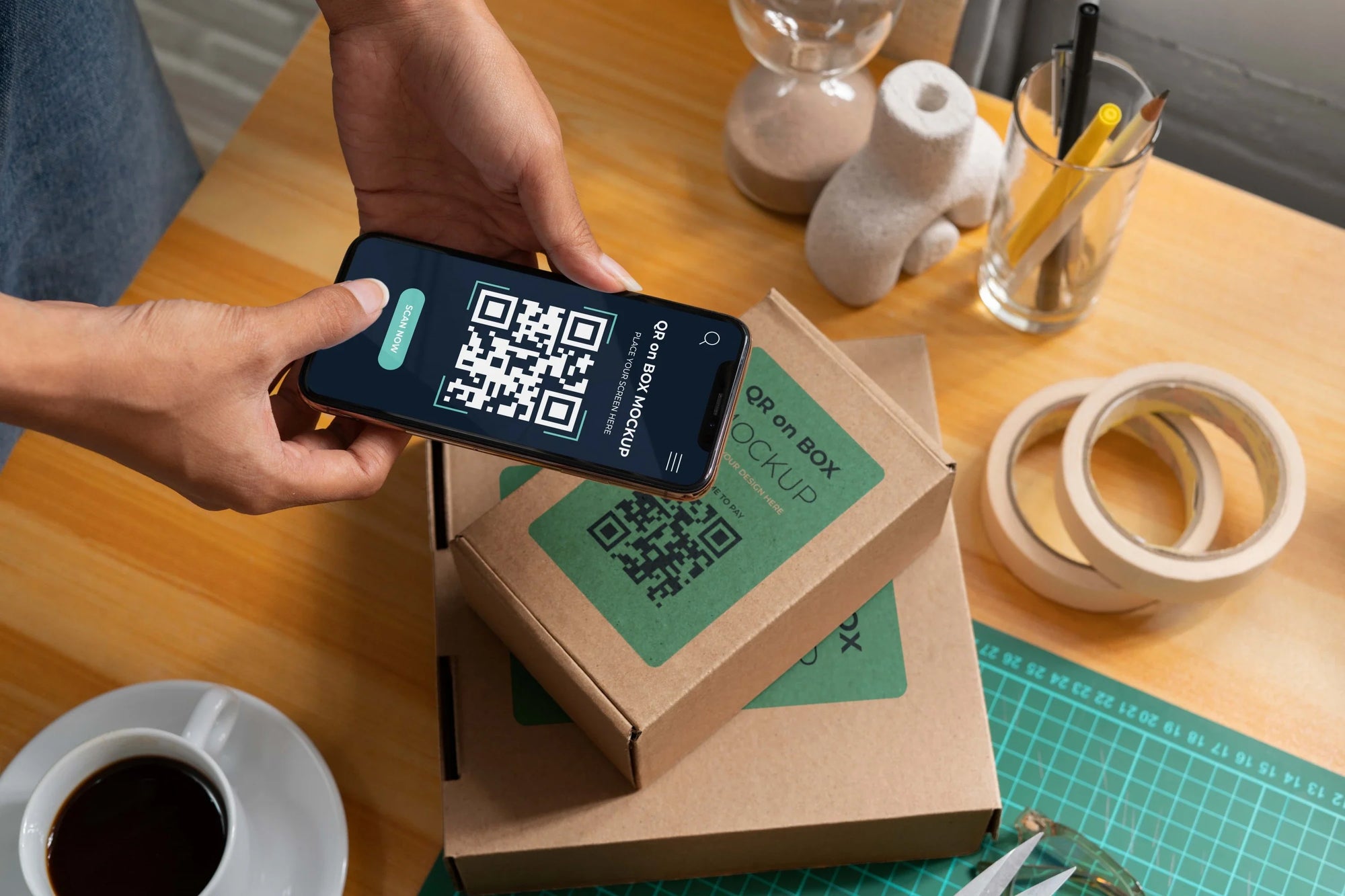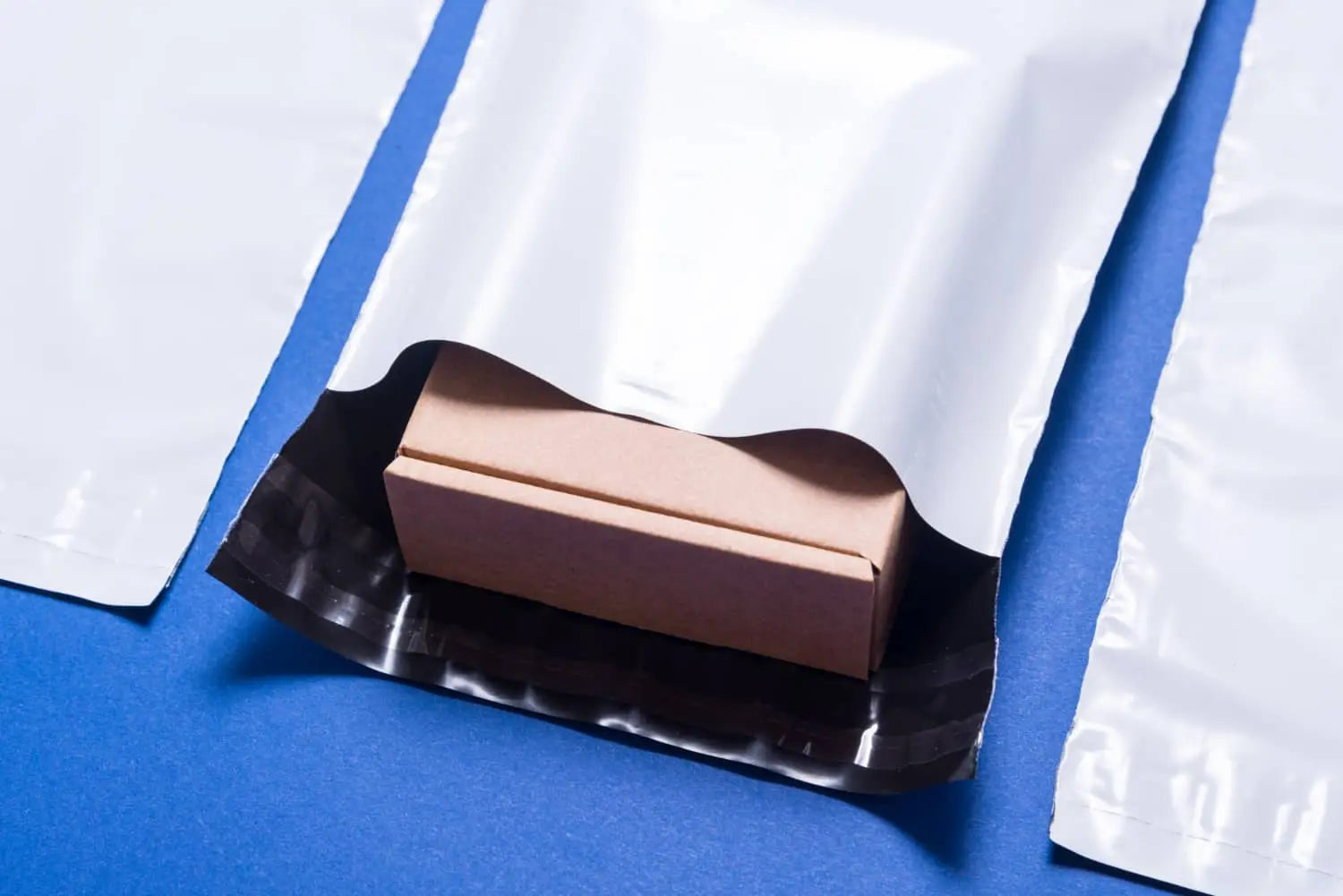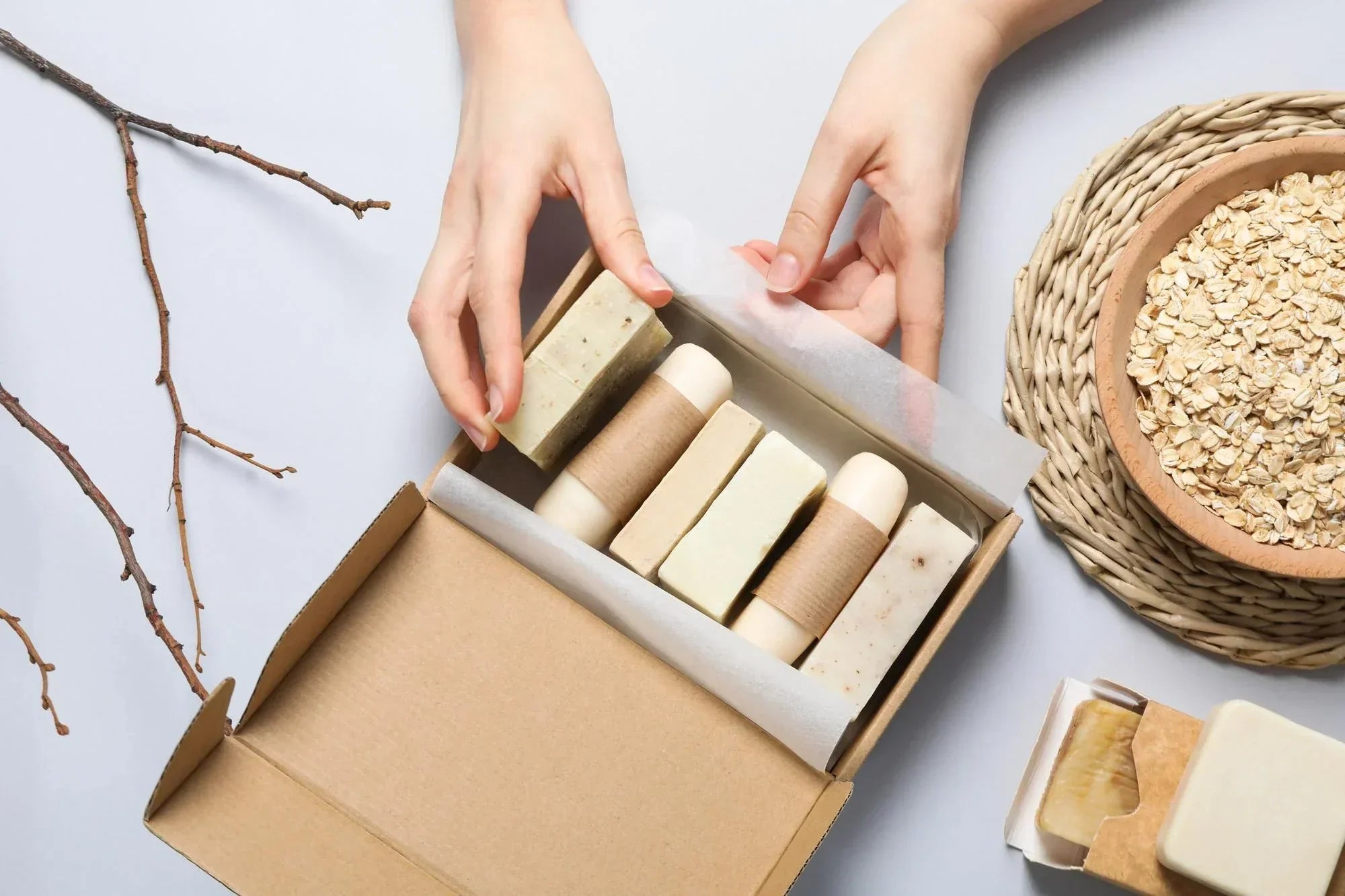In today's digital age, where consumers are constantly seeking quick and convenient access to information, QR codes have emerged as a powerful tool for bridging the gap between physical products and digital content.
By incorporating QR codes into your packaging, you can create dynamic, interactive experiences that engage customers long after they’ve made a purchase.
In this blog post, we’ll explore what packaging QR codes are, the benefits they offer, and how you can easily create and integrate them into your own packaging designs.
What is a Packaging QR Code?
A packaging QR code is a scannable, two-dimensional barcode printed directly on product packaging.
When a consumer scans the code using their smartphone camera or a QR code scanning app, it instantly connects them to a variety of digital content. This could include anything from a website to a video, social media page, or even an augmented reality (AR) experience.
The primary purpose of a packaging QR code is to provide customers with quick, easy access to additional information or interactive experiences without the need for extra physical space on the packaging.
The Benefits of QR Codes on Packaging
Enhanced Customer Engagement
QR codes offer a gateway to interactive content that can significantly enhance the customer experience.
For example, you could link your QR code to a video tutorial on how to use your product, a personalized message from the brand, or even a behind-the-scenes look at how the product was made.
This level of engagement not only enriches the customer experience but also helps to build a deeper connection between your brand and the consumer.
Convenient Access to Information
One of the greatest advantages of QR codes is the ability to provide detailed product information without cluttering your packaging.
Whether it’s ingredients, sourcing details, or usage instructions, a QR code allows you to offer a wealth of information that customers can access instantly. This is especially beneficial for products with limited packaging space, such as food, cosmetics or small electronics.
Boosting Social Media Interaction
By linking QR codes to your brand’s social media platforms, you can encourage customers to follow, share, and engage with your content. This not only increases your online visibility but also helps to build a community around your brand.
Imagine a customer scanning a QR code on your packaging and being taken directly to an Instagram filter, where they can create content and share it with their followers—this is the kind of interaction that can drive brand loyalty and increase social media engagement.
Sustainability and Cost Efficiency
QR codes can also contribute to more sustainable packaging solutions.
By reducing the need for extensive printed materials, you can minimize paper usage and lower your environmental footprint. Additionally, by delivering more content digitally, you can reduce printing costs, making QR codes a cost-effective solution for brands looking to optimize their product packaging.
How to Create a QR Code for Packaging
Step 1: Create Your QR Code
Creating a QR code is a straightforward process. Start by visiting a reliable QR code generator, such as QR Code Generator.
Once there, you can choose the type of content you want your QR code to link to, whether it’s a website URL, video, PDF, or social media profile.
Customize the QR code with your brand’s colors, logos, and frames to ensure it aligns with your packaging design.
After customization, download the QR code in high resolution so it’s ready for print.
Step 2: Add the QR Code to Your Packaging Design
Once your QR code is ready, the next step is to integrate it seamlessly into your packaging design. Proper placement is crucial to ensure it’s both visible and easily scannable by your customers. Here are some examples:
-
Custom Mailer Box: Position the QR code on the outside of your custom mailer box. This prominent placement ensures the code is one of the first things customers see. It could direct them to a social media page, an unboxing guide, or even a personalized discount code for their next purchase.

-
Custom Mailer Bag: Place the QR code on the front side of your custom mailer bag. This ensures visibility as soon as the customer receives their package. The QR code could link to a feedback form, an exclusive offer, or an interactive story about your brand’s values and mission.

- Custom Tissue Paper: Incorporate the QR code alongside your logo on custom tissue paper. This placement adds a touch of interactivity while reinforcing your brand identity. The QR code could link to a special thank you message, an instructional video, or a promotional offer, enhancing the unboxing experience.
-
Custom Thank You Card: Add the QR code to a custom thank you card included in your packaging. This thoughtful touch can link to a thank you video, a customer satisfaction survey, or a loyalty program sign-up page, making the customer feel appreciated and encouraging future interactions.
Step 3: Test and Optimize
Before finalizing your packaging design, it’s important to test the QR code on various devices to ensure it works seamlessly.
Once your packaging is in use, you can track how often the QR code is scanned and analyze the data to understand customer interaction.
This information can be invaluable in optimizing the QR code’s placement or the content it links to, ensuring you’re getting the most out of this technology.
What is the minimum size for QR code on packaging?
When designing packaging with QR codes, it's important to consider the minimum size required for effective scanning. While a QR code can technically be printed as small as 1x1 cm (0.4x0.4 inches) this size may not be reliably scannable on all devices, especially in real-world conditions like low light or on curved surfaces. To ensure optimal performance, it’s recommended to print the QR code at a size of at least 2x2 cm (0.8x0.8 inches). This larger size helps ensure that the QR code can be easily scanned by a variety of smartphones, providing a smoother user experience for your customers.
Conclusion
Incorporating QR codes into your packaging is an excellent way to enhance customer engagement, provide convenient access to information, and boost your brand’s social media presence—all while promoting sustainability and reducing costs.
By following the simple steps outlined above, you can easily create and integrate QR codes into your custom packaging, offering your customers a more dynamic and interactive experience.


